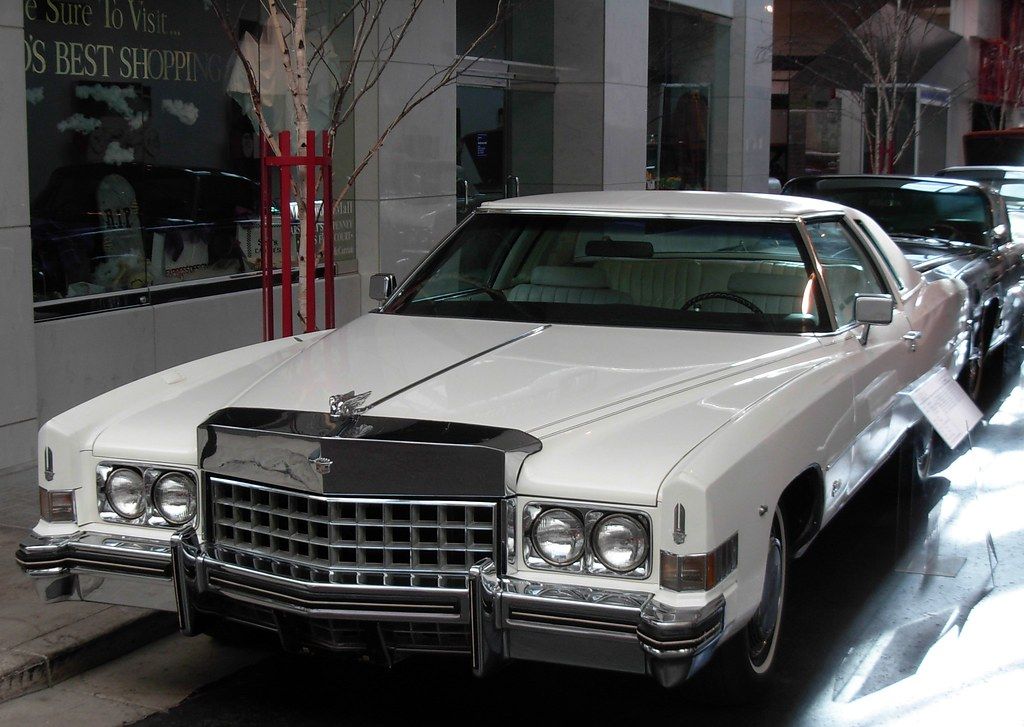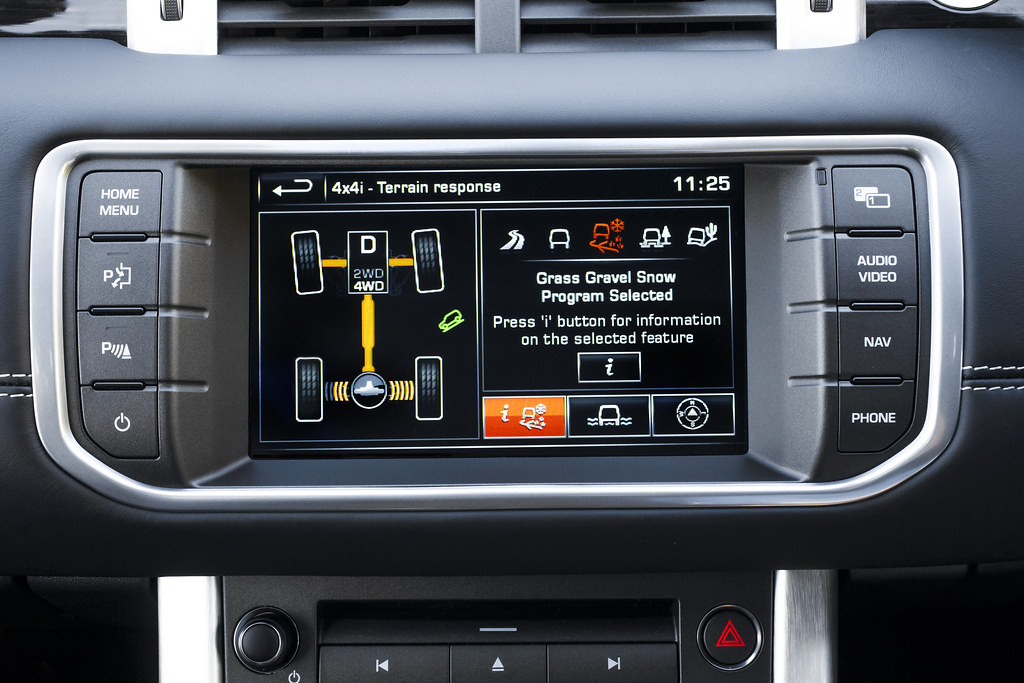
The world of in-car technology has revolutionized how we drive, transforming our dashboards into command centers. From seamless navigation to on-demand entertainment, digital assistants like Android Auto and Apple CarPlay promise a future where our cars are smarter, more connected, and crucially, safer. Yet, with great power comes great responsibility, especially when you’re behind the wheel. The real trick isn’t just having these incredible tools; it’s using them intelligently, without letting the convenience morph into a dangerous distraction.
Modern vehicles and smartphones are packed with features designed to keep your eyes on the road and hands on the wheel. Google’s Android Auto and Apple’s CarPlay are prime examples, mirroring your phone’s operating system onto your car’s display, making essential functions like calls, music, and directions easily accessible. But even with these hands-free solutions, the potential for cognitive overload or frustration can creep in if you’re not using them strategically. It’s about finding that sweet spot where technology truly enhances your drive, rather than competing for your attention.
This article is your ultimate guide to mastering your car’s digital assistant, ensuring you get the most out of its capabilities while maintaining laser-sharp focus on the road ahead. We’re diving deep into practical tips, smart configurations, and clever tricks that will transform your driving experience into one that is both efficient and distraction-free. Get ready to unlock the full potential of your in-car tech, making every journey smoother, safer, and much more enjoyable.
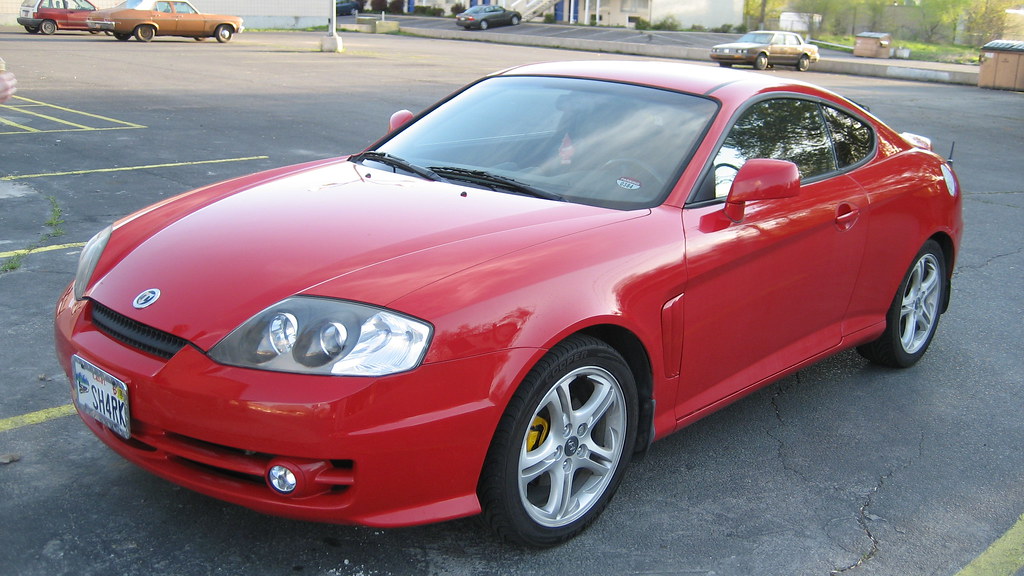
1. **Seamless Music and Podcast Control**Driving without your favorite tunes or an engaging podcast just feels…incomplete, doesn’t it? Thankfully, your car’s digital assistant makes curating your on-the-road soundtrack simpler than ever. Whether you’re a Spotify devotee or hooked on the latest true-crime podcast, Android Auto and Google Driving mode put your media apps front and center, ready for command.
Once you have Driving mode open, you’ll immediately notice the home screen prominently displaying your most recently used media app. This smart design means you don’t have to hunt through menus just to hit play. You’ll find simple, intuitive controls right there, often integrating seamlessly with your car’s built-in features, like those handy steering wheel-mounted audio controls that keep your hands precisely where they should be.
But the real magic often lies in your voice. Imagine wanting to hear a specific podcast episode without ever glancing at your screen. A simple “Hey Google, play the latest episode of [podcast name]” is all it takes. This verbal command allows you to switch between content, adjust volume, and even explore new playlists, all while your eyes remain fixed on the traffic and your hands firmly grip the wheel. It’s truly a game-changer for maintaining focus.
To make your audio experience even more fluid, consider personalizing your music settings. You can set a default media app within your Google Assistant settings, ensuring that when you say, “Hey Google, play My Favorites playlist,” your assistant knows exactly which platform to launch. This eliminates any guesswork and speeds up your requests, cutting down on potential frustration and distraction. You can do the same for podcasts and radio stations too, creating a truly tailored audio environment.
Beyond selection, Android Auto even offers a setting to toggle whether your music starts automatically when you begin driving. If you prefer to manually control when your audio kicks in, you can leave this disabled. However, if you’re someone who loves their soundtrack to start the moment the engine purrs, enabling this feature means your last played track or podcast will resume without you lifting a finger, making for an instantly enjoyable start to any journey.
Read more about: From Red Carpet to Boardroom: 14 Celebrities Who Mastered the Art of Entrepreneurship After Fame
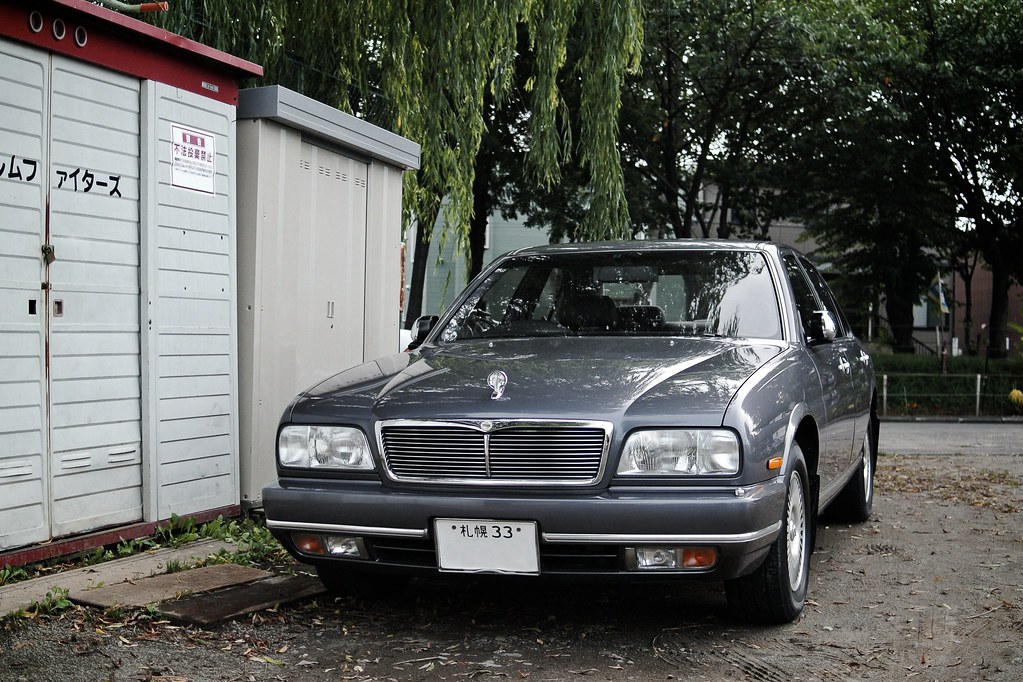
2. **Effortless Settings Access**While the goal is minimal interaction during driving, there are times you’ll need to tweak a setting or access a different app. Android Auto and Google Driving mode are designed to make these adjustments as quick and non-distracting as possible. Knowing where to go and how to get there efficiently is crucial for safe operation.
To delve into additional apps and settings, look for the app launcher icon – it typically resembles four boxes or nine dots – situated in the bottom-right corner of your screen. Tapping this icon unveils a menu populated with various app and feature icons. From here, you’ll want to locate the icon depicting a car and a gear. This is your gateway to the Settings menu, a treasure trove of configuration options specific to your driving experience.
Once inside the Settings, you gain control over critical aspects of your in-car digital assistant. This is where you can fine-tune whether you accept calls and texts while you’re on the road, for instance. You can also toggle those driving-friendly messages on and off, allowing you to customize your notification experience to suit your preference for minimal interruption or essential alerts. Taking a moment to configure these before you start driving can save you from fumbling later.
But what if you want to bypass the tapping entirely? That’s where voice commands shine. Instead of navigating through multiple screens, you can simply say, “Hey Google, open Assistant settings.” This direct voice command will whisk you straight to the relevant menu, allowing you to make quick adjustments without taking your eyes off the road or your hands off the steering wheel. It’s an incredibly efficient way to manage your car’s digital environment on the fly.
Think of this direct voice access as your fast-track pass to managing your driving preferences. Whether you’re adjusting notification priorities or setting up call behaviors, the ability to vocally command your way into settings ensures that necessary tweaks can be made with maximum safety and minimal fuss. It’s all about empowering you to tailor your driving assistance without compromising your focus.
Read more about: Navigating the Wild: The Best 2025 SUVs Packed with Off-Roading Prowess for American Adventurers

3. **Smart Driving Mode Activation**One of the smartest ways to minimize distraction is to ensure your digital assistant is ready to go the moment you are. Nobody wants to fumble with their phone just as they’re pulling out of the driveway. Android Auto is designed for seamless integration, often connecting and launching automatically once an initial setup is complete, typically via Bluetooth or a wired connection.
For ultimate convenience, you can configure your phone to launch Android Auto directly onto your car’s dash screen without even needing to unlock your device. This is a huge time-saver and a significant safety enhancement, eliminating one more potential source of distraction before your journey begins. To enable this, simply open the Android Auto app on your phone, navigate to the Settings menu, and toggle “Start Android Auto While Locked” to on. It’s a small adjustment that makes a massive difference to your pre-drive routine.
However, there might be scenarios where you prefer not to have an automatic connection. Perhaps a passenger wants to control the music, or you just prefer manual activation. Google’s Driving mode offers granular control over when it launches. By accessing Assistant Settings, then tapping Transportation > Driving mode, you can precisely define its activation conditions.
You have several flexible options for activation. You can set Driving mode to open automatically when you connect your smartphone to your car’s Bluetooth system, which is a common and convenient trigger. Alternatively, you can configure it to launch simply by opening the Android Auto app on your phone. For those who want true hands-off initiation, you can even set it to activate when your phone detects you are driving, utilizing its internal sensors to recognize rapid movement.
Regardless of your preferred setup, Google recommends keeping Wi-Fi, Bluetooth, and location settings turned on for the most accurate and reliable results. These background services ensure your digital assistant has all the necessary data to provide real-time information, from precise navigation to accurate weather updates, ultimately contributing to a smoother and more focused driving experience.
Read more about: Are Driver-Assist Systems Really Safe? A Comprehensive Consumer Reports Review and Real Owner Insights on Close Calls

4. **Hands-Free Communication**Staying connected is important, but doing so safely while driving is paramount. Your car’s digital assistant makes it incredibly simple to handle calls and messages without ever needing to touch your phone, ensuring your focus remains on the road. This hands-free communication capability is one of the most significant safety benefits these systems offer.
On the Driving mode’s home screen, you’ll immediately spot large, easy-to-tap buttons clearly labeled “Send a message” and “Make a call,” positioned conveniently next to your media app controls. These prominent visual cues are designed for quick recognition and interaction, minimizing the time your eyes might spend away from the road. However, the true genius lies in the voice command options.
Forget tapping buttons. You can activate voice commands simply by tapping the microphone icon on screen, or, even better, by using the dedicated voice command button on your steering wheel if your car is equipped with one. For ultimate hands-free convenience, a simple “Hey Google” is usually all it takes to prompt your assistant to listen for your next command, making communication almost effortless.
Once activated, a range of common voice commands become available. Need to call someone? Just say, “Call [name from Contacts].” Want to send a quick text? Try “Send message to [Contact]” or simply “Send message” to initiate a conversation. The assistant will then prompt you for the message content, converting your spoken words into text. This functionality keeps your hands on the wheel and your attention where it belongs.
Furthermore, incoming texts are read aloud to you, preventing the irresistible urge to glance at your screen. When a phone call comes in, Google’s voice assistant verbally announces who’s calling and politely asks if you’d like to accept or decline, allowing you to make an informed decision without looking down. Crucially, Android Auto is compatible with various messaging apps beyond just Messenger, including WhatsApp and Skype, ensuring messages from these platforms can also be read aloud, keeping you informed and connected, responsibly.
Read more about: Urban Utility Unpacked: The Top 2025 Compact Trucks Best Suited for City Jobs

5. **Voice-Powered Navigation & Quick Commands**The primary promise of a digital assistant in your car is to streamline navigation and control, and voice commands are at the heart of this. Both Android Auto and Google’s Driving mode fundamentally change your smartphone’s interface, replacing cluttered displays with large, intuitive cards. This design philosophy minimizes scrolling and unnecessary tapping, directly combating common sources of driver distraction.
With this simplified display, your focus shifts to voice interaction, which is exactly how these systems are meant to be used for maximum safety. You can bring up Driving mode without physically touching your phone at all, simply by uttering phrases like “Hey Google, let’s drive” or “Hey Google, navigate to [destination].” These commands instantly kickstart your journey, getting you directions or preparing the driving interface without a single tap.
But the utility of voice commands extends far beyond just starting navigation. Today’s digital assistants are incredibly intelligent, capable of understanding a wide range of natural language requests. You can ask “What’s my next turn?” for immediate route updates, or inquire “How long will it take to get to…” if you just need an estimated travel time without launching a full route. This flexibility means less time looking at screens and more time observing the road.
Beyond navigation, Google Assistant in your car can manage various vehicle functions, provided your car manufacturer has integrated them. Imagine saying, “Set the car temperature to 70 degrees” or “Turn on the seat heater,” all hands-free. This level of integration allows for granular control over your environment without diverting your attention, keeping comfort and focus perfectly balanced during your drive.
For even greater efficiency, you can create custom Google Assistant shortcuts. These allow you to launch complex commands or entire routines without first saying “Hey Google.” For instance, a single custom shortcut could be programmed to start navigation to work, call a specific contact, and resume your audiobook all at once. This pre-programmed automation is a powerful tool for reducing cognitive load and ensuring your driving experience is as smooth and distraction-free as possible.
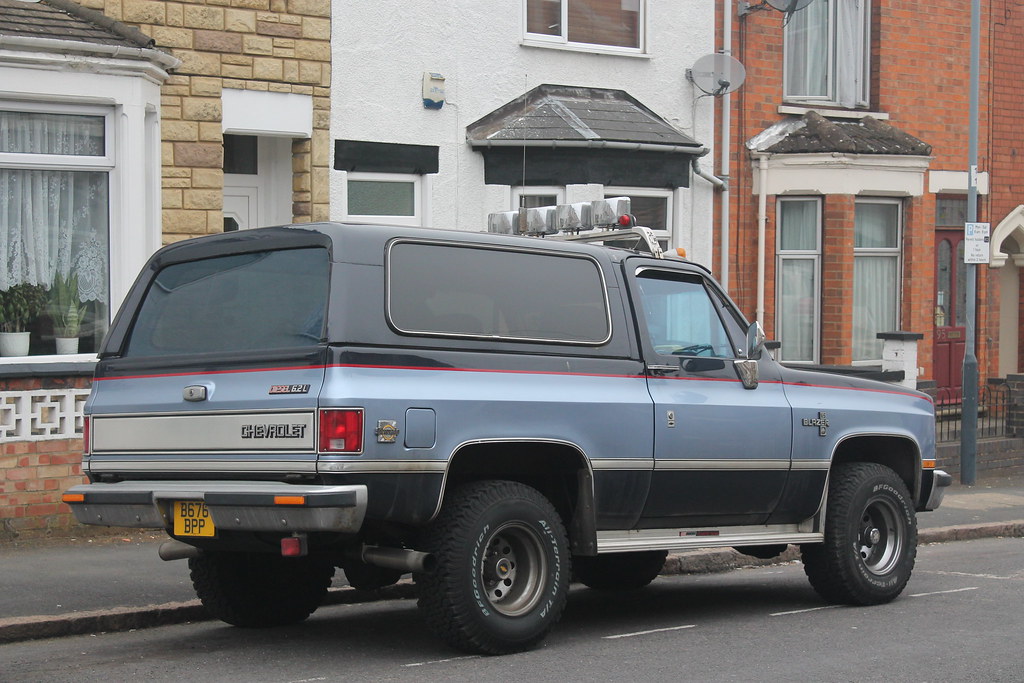
6. **Instant Home & Exit**Even with streamlined interfaces, navigating menus can feel overwhelming. Your car’s digital assistant anticipates this, offering intuitive controls to quickly return to your main driving view or exit entirely. This thoughtful design helps minimize fuss and maintain focus.
When you’re deep within an app launcher, browsing settings, or scrolling through a Spotify playlist, a consistent guide awaits. Look for the car icon, typically at the bottom center of your car’s display. A single tap instantly returns you to the Driving mode home screen, showing your primary navigation, media, and communication shortcuts. This quick return is invaluable for minimizing visual distraction.
Equally vital is the ability to gracefully exit Driving mode. When your journey concludes or you no longer need its features, locate the car icon with a line through it, usually in the top-right corner. Tapping this disengages the driving interface, letting your phone revert to its standard operating mode.
These dedicated “home” and “exit” controls are subtle yet highly effective safety features. They reduce the need for multiple taps or complex gestures, which can be distracting while in motion. By offering clear, consistent pathways, the system empowers you to manage your interface swiftly and confidently, keeping your attention on the road.
Read more about: Diesel Durability Unveiled: 10 Engines That Redefine Longevity — And Those That Don’t

7. **Customizing Your App Dashboard & Shortcuts**Your smartphone is a personalized extension of you, and your car’s digital assistant should be no different. Android Auto understands that quick access to your most-used apps and functions is paramount for a distraction-free driving experience. That’s why it offers robust customization options for your app dashboard, putting your essential tools precisely where you need them.
When you first activate Android Auto, tapping the launcher icon (the square made of nine dots) typically brings up an alphabetized list of all your compatible apps. While orderly, having to scroll through a long list, especially while driving, is far from ideal. The solution? Take a few minutes *before* your journey to organize your apps, ensuring your favorites are always visible and within easy reach without any scrolling.
To tailor your app menu, head to the Settings menu within the Android Auto app on your phone, then tap into the “Customize Launcher” option. Here, you’ll discover a simple yet powerful interface: you can tap and hold the dots situated next to each app’s name, allowing you to manually drag them into your preferred order. Place your navigation, music, and communication apps at the very top, creating a dashboard that perfectly matches your driving habits.
Beyond simply reordering, Android Auto also empowers you to create custom shortcut icons. This is a brilliant feature for frequently performed actions. For instance, if your daily commute often involves a stop at your favorite coffee shop, you can set up a dedicated shortcut icon that, with just one tap, will search for nearby coffee establishments. This eliminates the need to voice multiple commands or navigate through a search menu while on the road.
Spending a little time setting up your customized launcher and creating these clever shortcuts before you embark on your next road trip can drastically enhance convenience and, more importantly, reduce potential distractions. It transforms your car’s display from a generic interface into a finely tuned command center, optimized specifically for your needs, ensuring that your most critical actions are always just a glance or a single tap away. This proactive approach to customization is a cornerstone of safe, smart tech use in your vehicle.
Read more about: Unleash Your PS5’s Full Potential: Essential Settings to Optimize Your Gaming Experience

8. **No Display? Use a Wireless Adapter Instead**It’s a common misconception that all the incredible features of Android Auto are reserved exclusively for brand-new vehicles with fancy built-in displays. While many modern cars do come equipped with integrated infotainment systems, the beauty of Android Auto lies in its accessibility. Even if your car is an older model lacking a built-in screen or Bluetooth connectivity, you absolutely don’t have to miss out on the benefits of a smarter, safer drive.
The good news is there are several ingenious workarounds to bring Android Auto into your ride. Wireless adapters, for instance, are fantastic gadgets that plug into your car’s USB port, instantly providing Bluetooth connectivity to bridge the gap between your phone and your vehicle’s audio system. These clever devices effectively turn your smartphone into a display, mirroring the Android Auto interface wirelessly. For those seeking a more integrated, tablet-like experience, there are also dedicated devices designed to function much like a built-in infotainment system, giving older cars a modern tech upgrade.
However, the most straightforward and budget-friendly solution for many drivers is surprisingly simple: a reliable car mount for your smartphone. By securely attaching your Android device to your dashboard or windshield, you can effectively use it as your dedicated Android Auto display. This setup, combined with voice commands, ensures that your eyes remain on the road and your hands on the wheel, proving that advanced, distraction-free driving isn’t just for the latest models. It’s about smart adaptation, ensuring every driver can harness the power of their digital assistant.
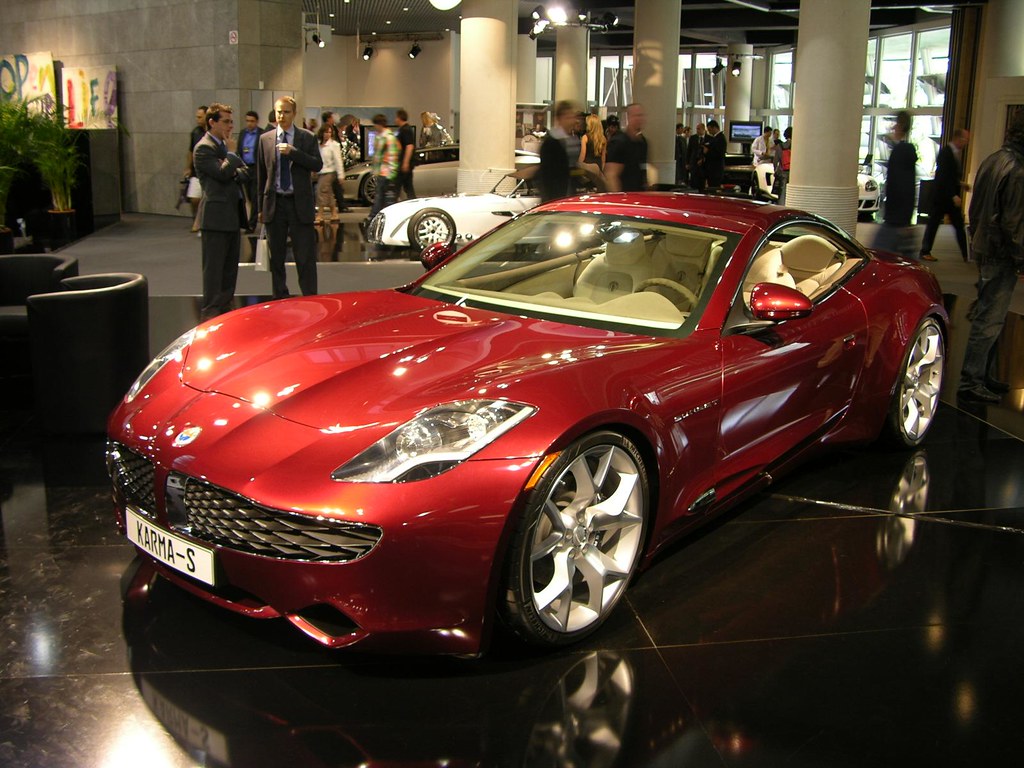
9. **Try out Waze instead of Google Maps**While Google Maps has undeniably revolutionized navigation and remains a go-to for countless Android users, the world of in-car navigation offers more than one stellar option. For over a decade, Waze has been a formidable competitor, transforming the way drivers approach their commutes. This crowdsourced navigation app thrives on real-time data provided by its vast community of users, offering insights into traffic, hazards, and road conditions that can be absolute game-changers for your journey.
Integrating Waze with Android Auto brings a suite of unique advantages that even Google Maps, for all its brilliance, sometimes can’t match. Waze excels at helping you avoid speeding tickets by alerting you to police presence reported by other drivers, and its real-time slowdown data is incredibly accurate thanks to constant user updates. When we explored Waze within Android Auto, we found the experience to be exceptionally slick and intuitive. The user interface is intentionally minimalist, cutting down on visual distractions, and its full integration with your car’s systems means you still get to use those convenient steering wheel controls.
The large on-screen elements make interaction easy, even while driving, but Waze’s true strength lies in its community features. Reporting traffic, police, crashes, or hazards is incredibly simple – just a few taps to categorize your observation, and you’re helping countless other drivers. While Waze has had its share of bugs and functionality quirks since its Android Auto launch, the ongoing updates, especially with the Coolwalk rollout for Beta users, continuously refine the experience. Choosing Waze means opting for a dynamic, community-driven navigation tool that keeps you informed and can genuinely optimize your route, contributing significantly to a less stressful and more focused drive.
Read more about: Master Your Commute: 12 Life-Changing Strategies to Slash Stress and Boost Your Well-being Every Day
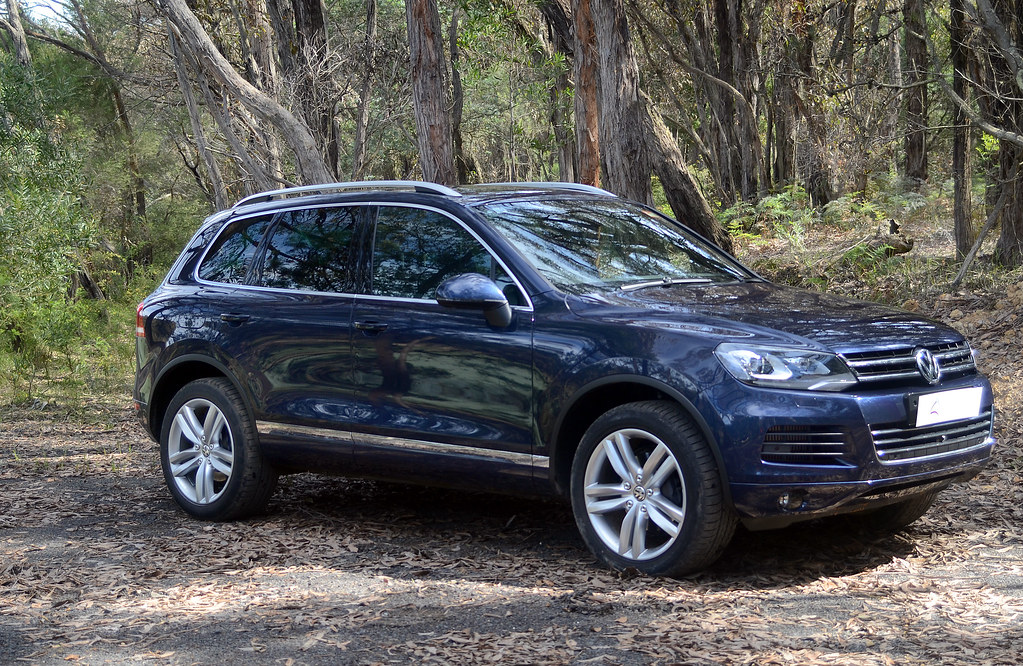
10. **Configure your conversation notifications for less distractions**Notifications, while often helpful, can quickly become a significant source of distraction when you’re behind the wheel. The ping of an incoming message or the flash of an alert can instantly pull your eyes and mind away from the road, even if just for a second. Thankfully, Android Auto places a strong emphasis on mitigating this risk, providing robust options to configure your conversation notifications for a truly distraction-free driving experience. It’s a feature that directly addresses one of the most common pitfalls of modern in-car connectivity.
Google has continuously refined how Android Auto handles messages. Historically, users would hear all notifications automatically as they arrived, which could be overwhelming. Now, the system offers a more advanced and user-centric approach. You can opt to hear non-sensitive notifications read aloud, giving you the information without needing to look at your screen. For even greater control, the “Auto Read” function allows Google Assistant to automatically read messages without requiring a voice prompt from you, ensuring essential communications are delivered seamlessly.
While responding to messages using Google Assistant is a fantastic hands-free feature that minimizes screen interaction, the ultimate strategy for maximizing safety is to proactively manage all notifications. Within Android Auto’s settings, you have the power to mute these distracting alerts entirely. For the safest drive possible, especially on complex routes or during challenging conditions, consider completely silencing your notifications. This strategic habit ensures that your focus remains undivided on the road, transforming a potential distraction into a mindful choice for uninterrupted driving concentration.
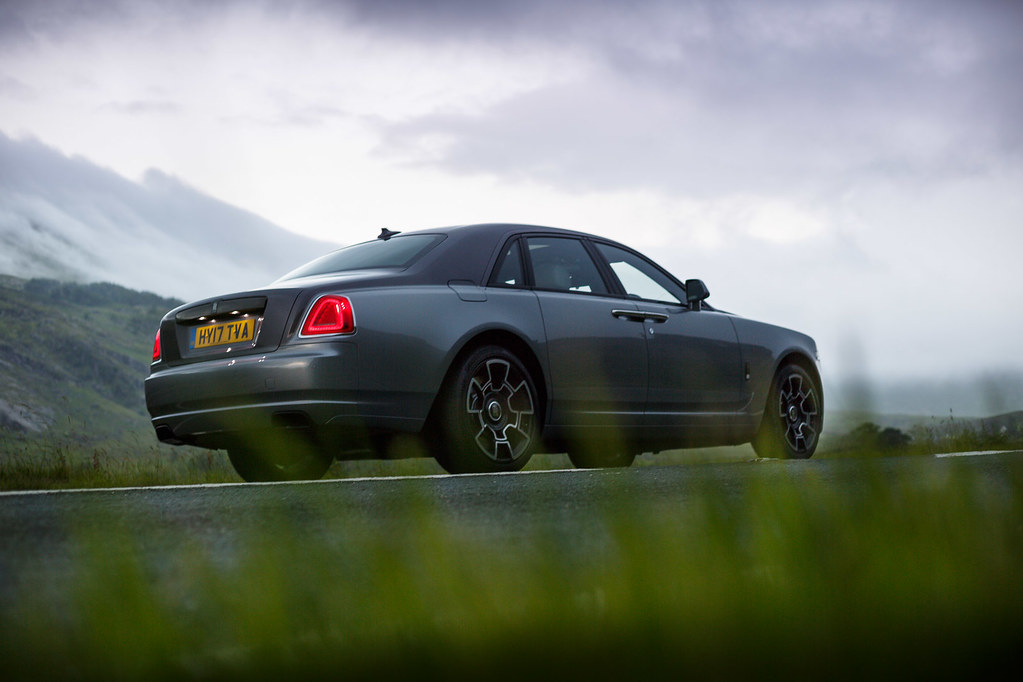
11. **Choose a wallpaper that fits your personality**Personalization isn’t just about functional efficiency; it’s also about making your tech feel genuinely *yours*. Your car’s digital assistant, much like your smartphone, can be tailored to reflect your preferences, and one of the simplest yet most impactful ways to do this in Android Auto is by customizing your dashboard wallpaper. While you can’t upload your own photos, the available options offer a pleasant visual refresh that can make your in-car experience more enjoyable and distinctly personal.
Since its 2020 redesign, Android Auto offers 15 unique wallpaper choices beyond the default “Mountains.” These options are thoughtfully curated, often echoing elements found within a car’s interior, such as textures resembling leather or even a brake rotor. You’ll also find some appealing outdoor scenes, like a forest or a road illuminated by headlight trails, alongside decorative designs featuring unique patterns. Changing your wallpaper is incredibly straightforward, designed to be a quick tweak rather than a complicated procedure.
To customize your Android Auto dashboard’s look, simply open the Settings app directly on your car’s display. From there, scroll down and tap on “Choose Wallpaper.” You can then browse through the various options and select the one that best resonates with your personality or simply brings you the most visual comfort. This minor aesthetic adjustment contributes to a more pleasant driving environment. While you’re in the settings, it’s also worth enabling dark mode, a feature introduced in 2019. Google designed dark mode to be easier on the eyes, especially given the typically darker materials of car dashboards, making the screen more legible and reducing potential glare, further enhancing your focused driving experience.
Read more about: Unlock Top-Tier Healthcare: Your Actionable Guide to Finding the Right Doctor or Specialist in Under a Week
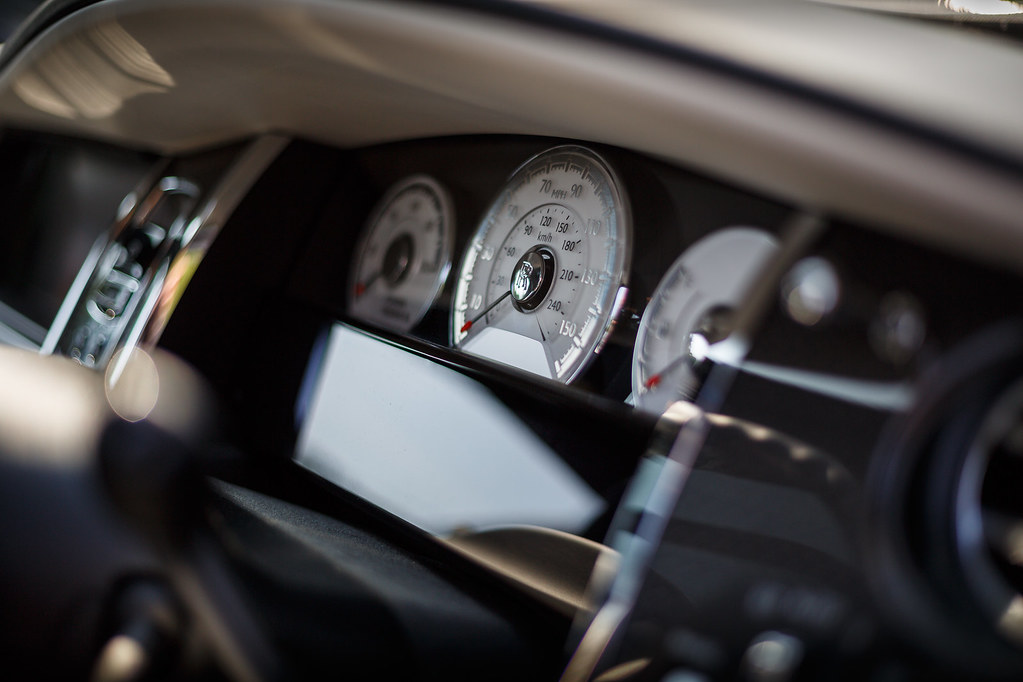
12. **Try out the Weather & Radar app**Understanding the weather conditions ahead is crucial for safe and efficient driving, allowing you to anticipate challenges and adjust your plans accordingly. While Android Auto previously offered basic local weather icons in the status bar, providing a quick glance at temperature and general conditions, these helpful widgets have unfortunately disappeared in recent updates. This created a gap for drivers who rely on immediate, actionable weather intelligence while on the go.
However, a powerful alternative has emerged to fill this void: the Weather & Radar app. This groundbreaking application is the first fully integrated weather app specifically designed for Android Auto, bringing a wealth of detailed meteorological information directly to your car’s display. It moves far beyond simple temperature readings, offering sophisticated satellite data and radar views that paint a clear picture of current and impending weather patterns in your vicinity.
With the Weather & Radar app, you gain access to vital details like different precipitation types, color-coded for easy interpretation – blue for rain, pink for snow, and salmon for freezing rain. You can also spot yellow circles indicating lightning strikes, alongside current temperature and precipitation intensity. This level of granular, real-time weather insight is invaluable for proactive decision-making. By leveraging this integrated tool, you can stay informed about changing conditions without fumbling with your phone, making your journeys safer and better prepared, truly embodying the principle of maximizing efficiency and safety through advanced integration.
Read more about: The F-22 Raptor’s Resurgence: A Deep Dive into America’s Evolving Stealth Super Fighter
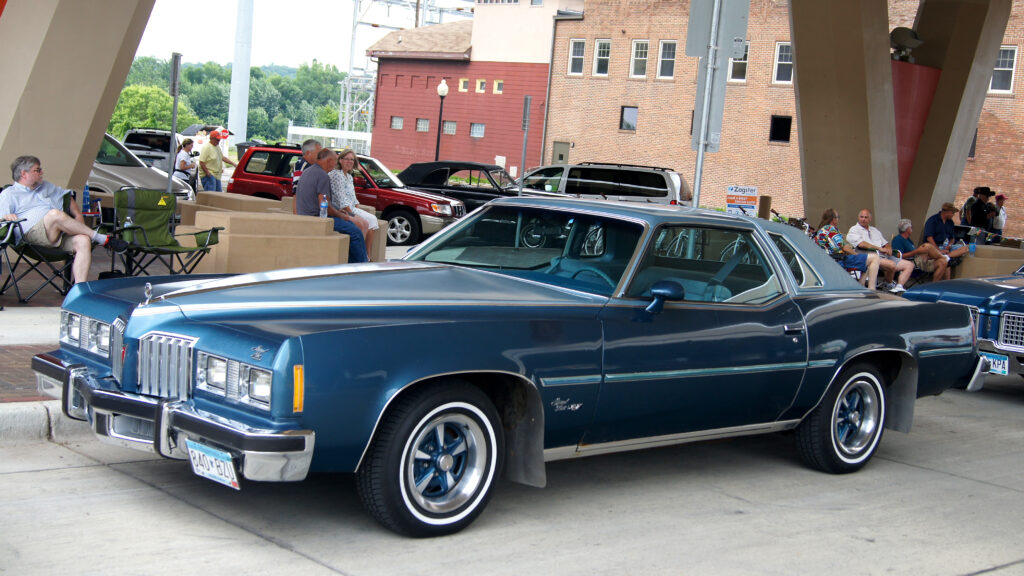
13. **Add addresses to your calendar appointments for easy navigation**Managing a busy schedule often means navigating to new or unfamiliar locations, and the last thing any driver needs is to be fumbling with an address just before or during a trip. Google Calendar, a staple for many Android users, offers an incredibly practical feature that streamlines this process: the ability to embed addresses directly into your event cards. This seemingly small detail becomes a monumental convenience when integrated with your car’s digital assistant.
Android Auto has wisely brought back access to Google Calendar appointments, allowing you to view your schedule and associated details right on your car’s display. Imagine having a critical meeting or a doctor’s appointment at an unfamiliar location. Instead of needing to manually search or input the address into your navigation system, you can simply access your event card through your car’s screen. From there, with a single touch, you can launch navigation directly to the event’s address or even dial a phone number listed on the card.
This intelligent integration drastically cuts down on potential distractions and improves efficiency. For drivers who are constantly on the move and visiting new places, this feature is a true game-changer. By dedicating a moment *before* your journey to ensure addresses are accurately added to your Google Calendar events, you equip your Android Auto setup with instant, one-touch navigation. This proactive habit transforms your car’s display into an organized command center, ensuring that you can get directions to any appointment immediately and safely, with minimal fuss and maximum focus on the road ahead.
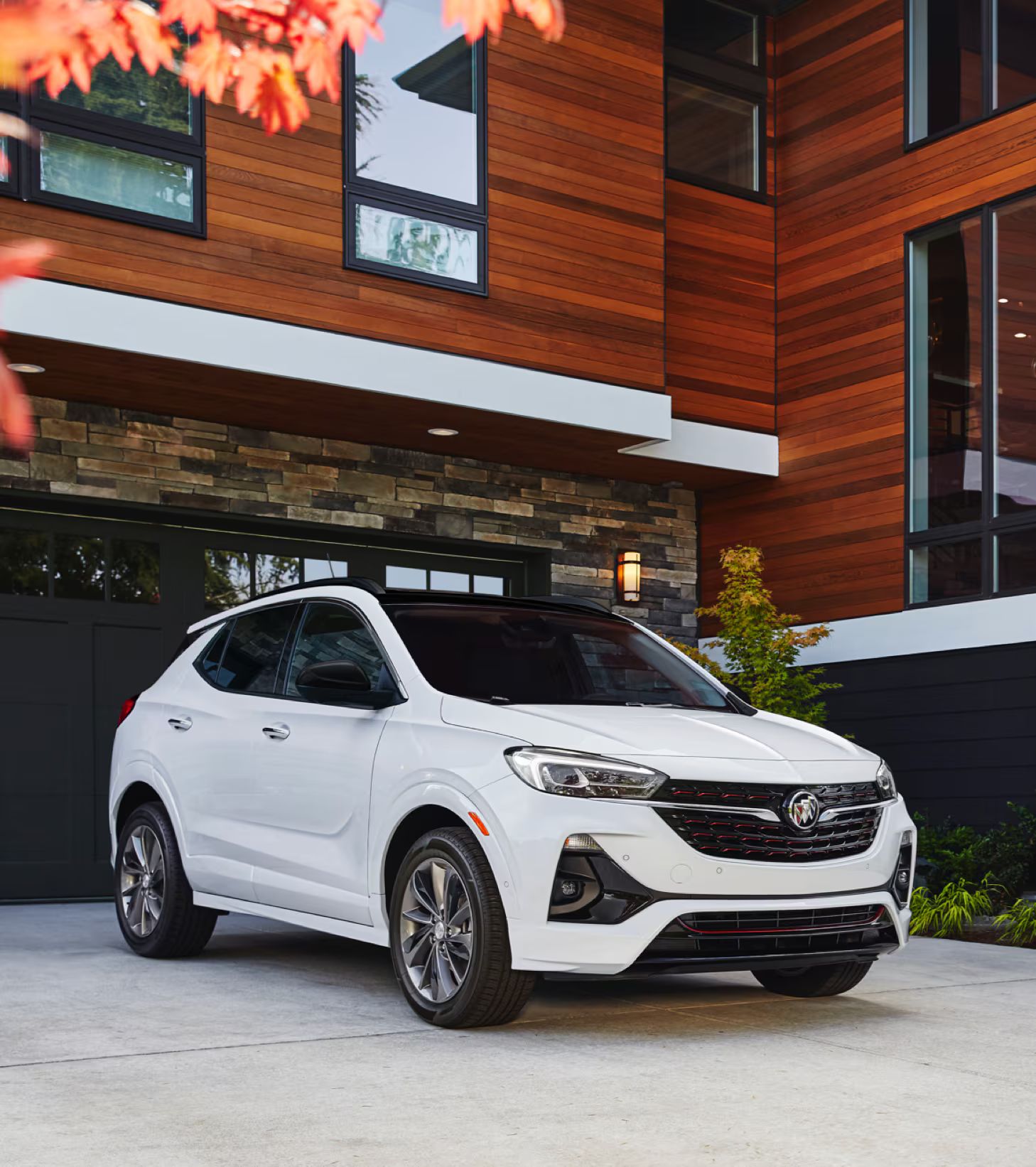
14. **Unlocking Entertainment (Responsibly!)**While the primary mission of Android Auto is to enhance safety and efficiency, making your drive smoother and less distracting, it also understands that journeys can sometimes involve waiting or passengers needing entertainment. Beyond its utilitarian functions, “Android Auto can be pure fun too,” offering a lighter side that can help pass the time when used appropriately. It’s about recognizing the full spectrum of in-car experiences and catering to them thoughtfully.
Indeed, there’s a selection of “games you can play through Android Auto on your car’s display to help the time pass by faster.” This feature is a fantastic addition for those moments when you’re safely parked, perhaps waiting to pick someone up, or during a long road trip where passengers might appreciate some interactive entertainment. The crucial distinction here, which cannot be overstated, is that these entertainment options are *specifically designed for when your vehicle is stationary and not in motion*, or for the enjoyment of passengers, ensuring the driver’s attention remains solely on the task of driving.
This balance between utility and entertainment perfectly encapsulates the evolving role of in-car technology. The goal is never simply to add more features, but to design and integrate them in a way that prioritizes safety above all else. By engaging with these entertainment options responsibly – understanding *when* and *by whom* they should be used – drivers ensure that their digital assistant remains a powerful tool for convenience, productivity, and enjoyment, without ever compromising the critical focus required for safe navigation. It’s a testament to technology and responsibility working hand-in-hand for a better driving experience.
The journey with your car’s digital assistant is an evolving one, a continuous conversation between innovative technology and responsible driving habits. From streamlining your daily commute with real-time navigation alternatives to personalizing your dashboard for ultimate comfort and managing notifications to keep your mind laser-focused, every tip and trick serves a singular purpose: to make your time behind the wheel safer, smarter, and genuinely more enjoyable. By embracing these advanced strategies and maintaining a mindful approach to interaction, you’re not just using your digital assistant; you’re mastering it, ensuring that every mile is driven with confidence and without unnecessary distractions. Here’s to clearer roads and smarter drives ahead!



